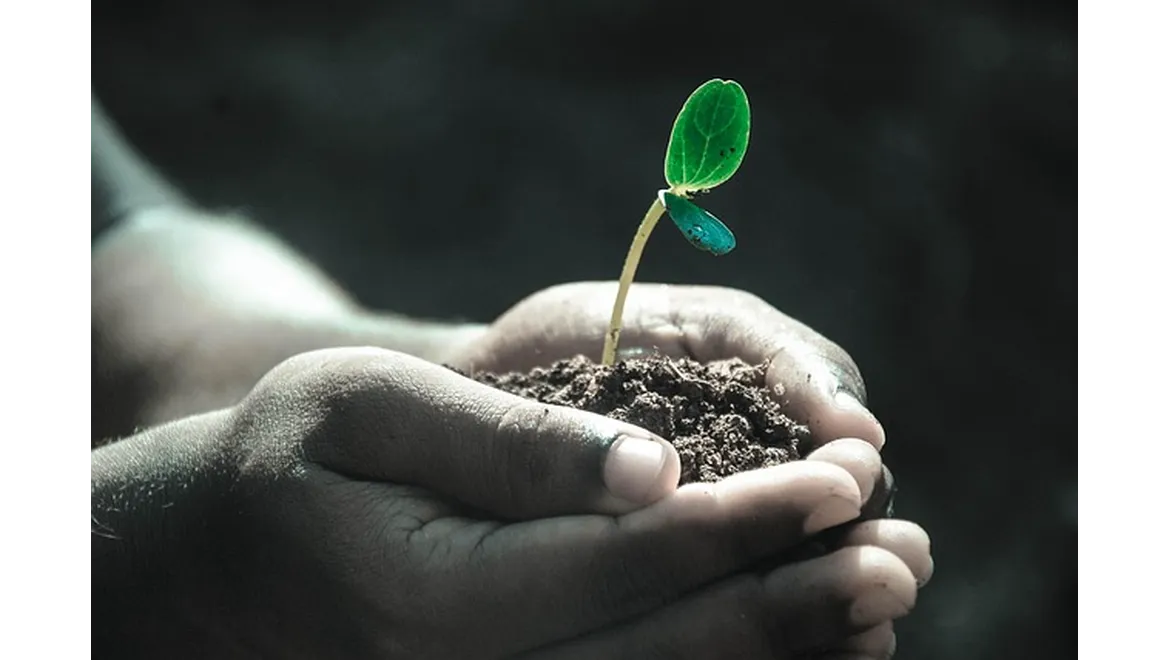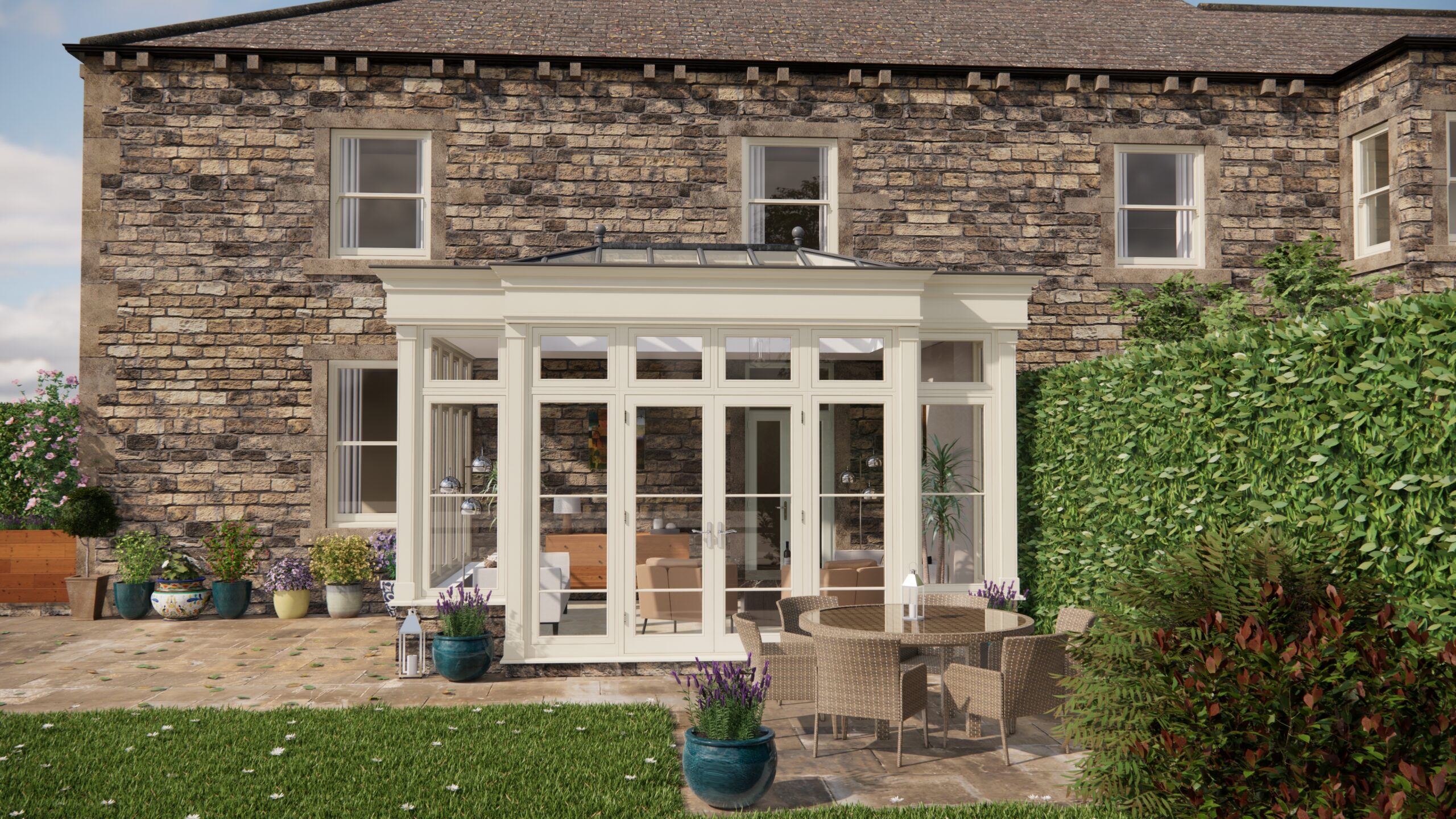Alright, settle in, because I’ve just had a fascinating natter with my friend Zoe about all things soil. You know, the stuff we build our gardening dreams upon here in the UK. We were specifically chewing the cud on some articles I’d been reading about understanding our soil types and how to actually improve them. Turns out, it’s more than just chucking in some compost! We’re always looking for ways to make our gardens more enjoyable (especially with the orangery projects we are working on) and soil is vital!
Why Bother with Soil, Anyway?
Zoe, a keen gardener herself, was nodding along as I explained that these articles emphasized just how crucial understanding your soil is. I mean, you can have the most beautiful plants and elaborate designs, but if the roots are struggling in inhospitable ground, you’re fighting a losing battle. The articles talked about the importance of soil pH, acidity and alkalinity and the impact of these elements on plant growth, how to measure them and adjust them by using lime and sulphur.
We started by talking about the core issue: UK soil types. We’re blessed (or cursed!) with a real variety. Zoe’s garden, for example, is mostly clay – heavy, slow-draining stuff that can become rock-hard in summer and a bog in winter. Mine’s sandier, which drains too quickly and struggles to hold nutrients. Then there’s chalky soil, which is alkaline and often full of stones.
The Testing Game: Digging Deeper (Literally!)
“So, how do you even know what you’re dealing with?” I asked Zoe. She pointed out that the articles recommended soil testing. Now, you can buy a kit from any garden centre, or even send a sample off to a lab for a really detailed analysis. A kit involves mixing soil with water and then testing the water using a pH meter or a chemical indicator. You want to sample soil from multiple locations in your garden, to get a representative view. You’ll get a pH reading, which tells you how acidic or alkaline your soil is.
She showed me how she’d recently used a simple kit to test her soil, and it confirmed her suspicions: clay and slightly acidic. Armed with that knowledge, she’s been able to tailor her approach.
Tackling the Trouble: Soil Improvement Strategies
This is where it gets interesting, and where the articles really came into their own. The key is to improve the soil’s structure and fertility. For Zoe’s clay soil, the articles suggested:
- Adding organic matter: Think well-rotted manure, compost, leaf mould – anything that will break down the clay particles and improve drainage. She’s a big fan of digging in a thick layer of compost in autumn, letting the worms do their magic over winter.
- Grit or sharp sand: This helps to create air pockets and improve drainage. Just make sure it’s horticultural grit, not builders’ sand!
- Avoiding compaction: Walking on wet clay soil is a big no-no, as it compacts the particles even further.
For my sandy soil, the focus is on retaining moisture and nutrients:
- Again, organic matter is key! It acts like a sponge, holding onto water and releasing nutrients slowly.
- Clay soil: Believe it or not, adding a small amount of clay soil can actually improve sandy soil’s water-holding capacity. It binds the sand particles together a little better.
- Mulching: A thick layer of mulch around plants helps to retain moisture and suppress weeds.
And for chalky soil, you’re aiming to lower the pH and improve nutrient availability:
- Acidifying agents: Sulphur or iron sulphate can help to lower the pH over time.
- Compost: This will improve the soil structure and help to retain moisture.
- Growing acid-loving plants: Embrace plants like rhododendrons, azaleas, and camellias that actually thrive in alkaline conditions.
Planting for Success: Choosing the Right Varieties
Speaking of plants, the articles also emphasized the importance of choosing varieties that are suited to your soil pH. This is especially important if you’re not planning on making major soil amendments.
For acidic soil, you’ve got a wealth of options, including blueberries, hydrangeas, and many types of heathers. For alkaline soil, try lavender, dianthus, or rock roses.
Zoe mentioned that one of the key things she had learned was never to fight nature but use plants that thrive in the local soil types.
Orangeries and Soil Considerations
What’s the link between soil and our orangery discussions? Well, if you’re planning on extending your garden indoors with an orangery, the soil right outside its doors becomes even more critical. The plants you choose to display inside and out can complement each other, creating a seamless transition. Plus, having healthy, thriving soil means you can readily propagate cuttings and seedlings for your orangery collection.
Ultimately, understanding your soil is like unlocking a secret code to a thriving garden. It takes a bit of effort, but the rewards – healthier plants, fewer problems, and a more enjoyable gardening experience – are well worth it. So get out there, get your hands dirty, and start decoding your dirt!


